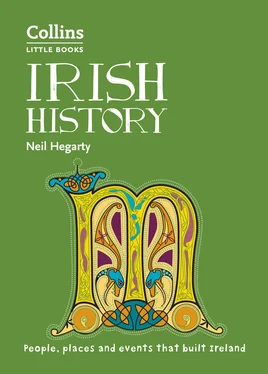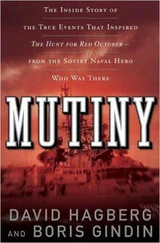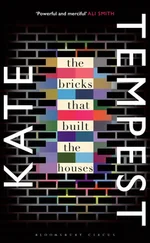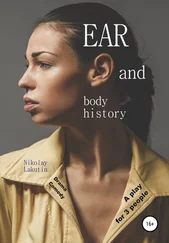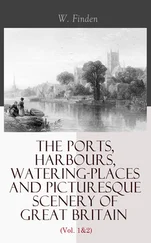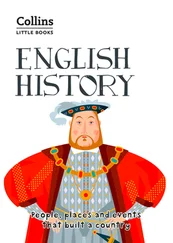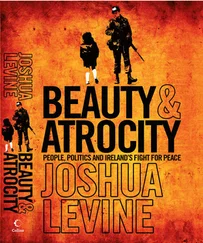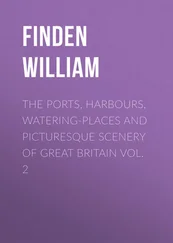
Illumination
The so-called ‘illuminated’ manuscripts are the greatest cultural glories to have emerged from Ireland’s early Christian era. These were books, on vellum, richly decorated with elaborate borders and illustration. Many cultures through the ages have created such ‘illuminated’ books: the Irish variety included reproductions of Gospel and other Biblical stories, and the best known of them today is the Book of Kells. This manuscript was written in Latin, and it brings together all four Gospels, plus an assortment of other texts, into one vast book. It is ornately decorated with swirling motifs and images of humans, birds, and beasts, and is richly and lavishly coloured. The Book of Kells was created around AD 800, probably on Iona. It is likely to have been completed in the abbey at Kells in County Meath, and it remained in Kells until 1654, when it was sent to Dublin, where it has been held in the Library of Trinity College since 1661. But the monks of Ireland did not limit themselves to sacred texts: everything from classical myth to the Táin – the great Irish myth cycle of Cúchulainn and Queen Medb – was similarly included in a new and burgeoning literary culture.

‘Heathen men’
The end of monastic Ireland’s glory days can be dated precisely to AD 795, when the monastery on the island of Rathlin was sacked by ferocious raiders who came over the sea. These were the Vikings – the Norsemen – and the first sighting of them in British waters had been two years previously, when their ships had appeared off the shores of the famous Northumbrian monastery at Holy Island, or Lindisfarne. Now these Vikings – as the Anglo-Saxon Chronicle gloomily put it, these ‘heathen men’ who came with ‘rapine and slaughter’ – were in Ireland, and their impact would be immediate, profound, and long-lasting. In the years after the Rathlin attack, coastal and island monasteries were attacked again and again, and their treasuries plundered. Iona came under assault in 802 and 806, and gradually many monasteries were abandoned, with communities moving inland to find safety. Such security, however, was not easily achieved: the light, shallow-draughted Viking ships could sail as easily on the rivers of Ireland as they could along its coasts. Soon Vikings were scouting the river Shannon and establishing bases on inland lakes. The great inland monastery at Clonmacnoise was torched in 835.
These Vikings are popularly remembered as bloodthirsty marauders, invariably out to loot and pillage, but it is important to remember that the history of these years was written by the monks, who were not disposed to look kindly on the Norse and their activities in Ireland. And indeed, the truth is that there is a great deal more to the history of the Vikings in Ireland than bloodshed and violence. They traded as much as they raided – raided for Church booty (altar treasures and jewelled bibles); traded in jet, glass, and leather, and in slaves – and, as is the way with invaders, they gradually settled in Ireland, intermarried, and became players on the domestic economic and political scene. They established settlements at Limerick, Cork, Youghal, Wexford, Arklow, and Waterford, and these grew rapidly into thriving towns and ports with wide trading connections across Ireland and further afield. And, significantly, many monastic settlements continued to exist alongside Viking bases, thus complicating the idea that when the Norsemen arrived on the scene, the monasteries were always burned and the monks driven out. This is history underpinned by human impulses, not merely of violence, but of economic necessity, interdependence, and love.
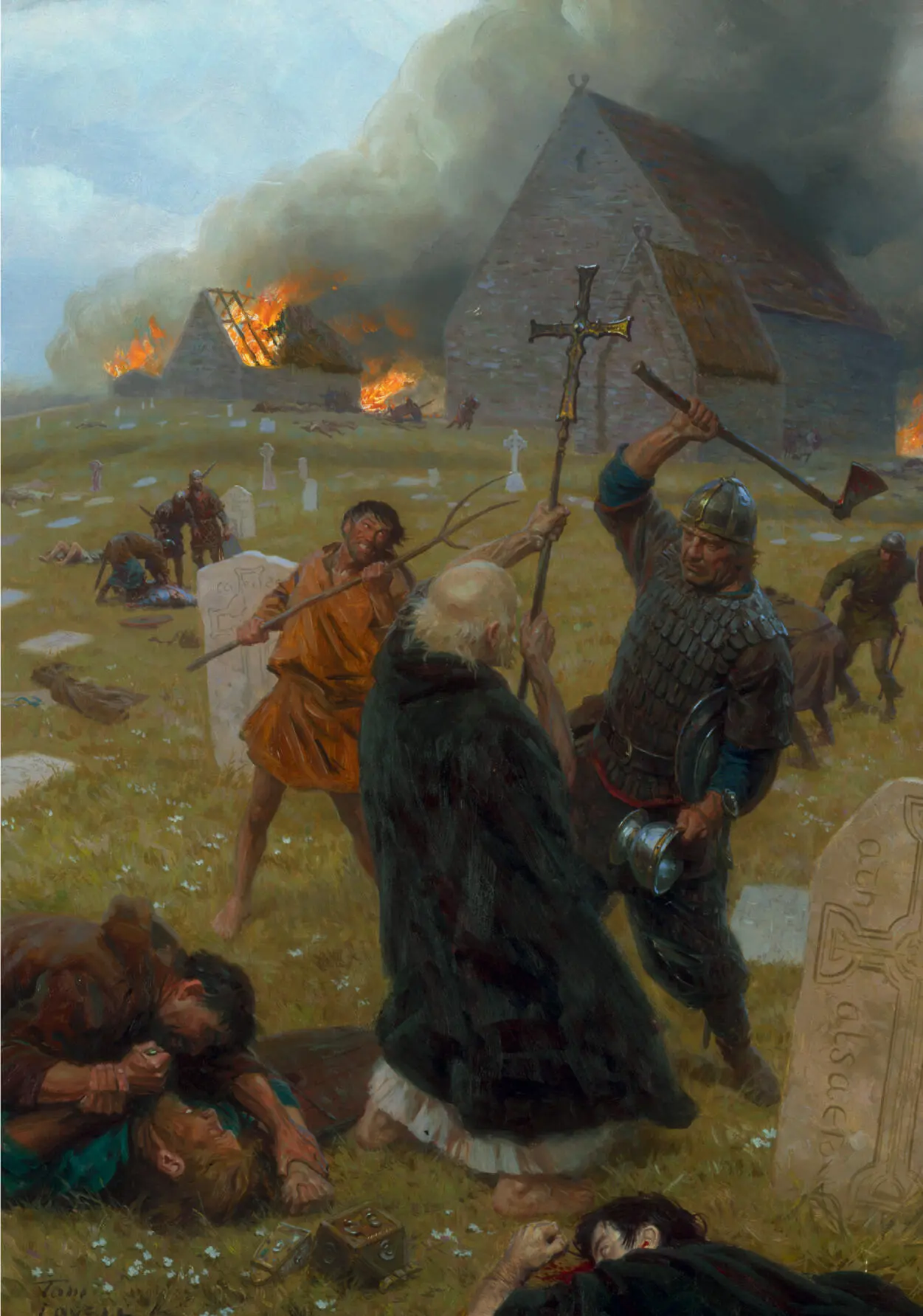
This ‘human history’ is best exemplified in the development of the city of Dublin. Settlements had long existed on a ford across the river Liffey and on the shores of a nearby dubhlinn – a black pool – in the river Poddle. In 837, a fleet of sixty Viking ships sailed up the river, and the newcomers established a stockade and base in the area, and put down roots. Doubtless there was violence – and the presence of a defensive wall hints that the Vikings by no means had everything their own way – but the evidence suggests that Christian churches in the district continued to function, implying that the newcomers were as ready to trade as to raid. Indeed, Dublin in time became an entrepôt in a vast Norse trading network with tentacles that reached into the Arctic, the Mediterranean, western Europe, and Russia. Walrus tusks and furs, wine, gemstones, and silver were traded through the city; the slave market throve; local jewellery began to show the influence of symmetrical Norse decorative motifs; and Irish traders made use of Viking middlemen to trade their animal hides and timber abroad. This was a new city, and a new world.
Конец ознакомительного фрагмента.
Текст предоставлен ООО «ЛитРес».
Прочитайте эту книгу целиком, на ЛитРес.
Безопасно оплатить книгу можно банковской картой Visa, MasterCard, Maestro, со счета мобильного телефона, с платежного терминала, в салоне МТС или Связной, через PayPal, WebMoney, Яндекс.Деньги, QIWI Кошелек, бонусными картами или другим удобным Вам способом.
